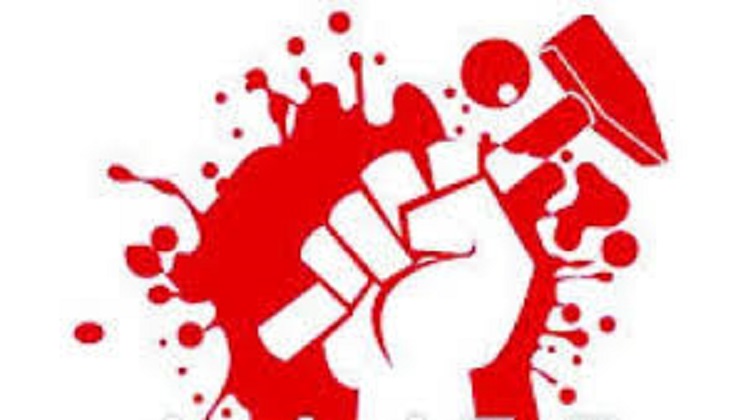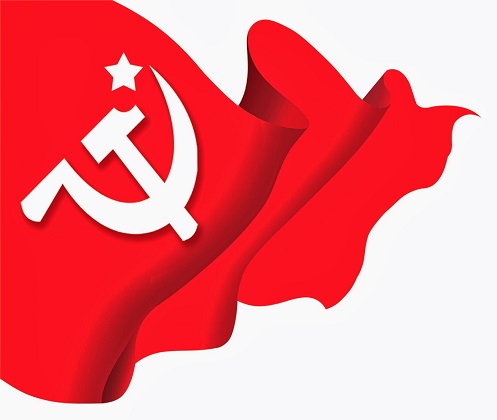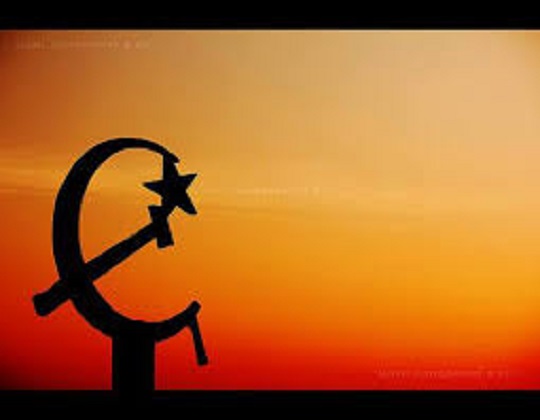

The USSR, also known as the Soviet Union, grew in the wake of the 1917 Bolshevik Revolution led by Vladimir Lenin. The Bolshevik Party later renamed the Communist Party, took control of the Russian government and retained it through a civil war that raged until 1920.
Lenin drew inspiration from the works of Karl Marx, who advocated socialism and the collective ownership of land and resources. During the rule of Czar Nicholas II, Lenin and many other Bolsheviks were exiled from Russia for their revolutionary beliefs.
After the monarchy was overthrown in March 1917, Lenin and the Bolsheviks returned to Russia to lead a second revolution against the provisional government of Alexander Kerensky. In October, the Bolsheviks were able to seize the Winter Palace and take over the Russian government. The Bolsheviks instituted the socialist rule, placing the country’s banks, factories, and farms under government control.

They faced opposition from conservative Russian factions known as the “Whites.” The Bolshevik Red Army defeated the White armies in a bitter civil war that lasted from 1917 to 1923, though most fighting ended by 1920.
In post-revolutionary Russia, the Union of Soviet Socialist Republics (USSR) is established, comprising a confederation of Russia, Belorussia, Ukraine, and the Transcaucasian Federation (divided in 1936 into the Georgian, Azerbaijan, and Armenian republics). Also known as the Soviet Union, the new communist state was the successor to the Russian Empire and the first country in the world to be based on Marxist socialism.
During the Russian Revolution of 1917 and subsequent three-year Russian Civil War, the Bolshevik Party under Vladimir Lenin dominated the Soviet forces, a coalition of workers’ and soldiers’ committees that called for the establishment of a socialist state in the former Russian Empire. In the USSR, all levels of government were controlled by the Communist Party, and the party’s politburo, with its increasingly powerful general secretary, effectively ruled the country. Soviet industry was owned and managed by the state, and agricultural land was divided into state-run collective farms.

In the decades after it was established, the Russian-dominated Soviet Union grew into one of the world’s most powerful and influential states and eventually encompassed 15 republics–Russia, Ukraine, Georgia, Belorussia, Uzbekistan, Armenia, Azerbaijan, Kazakhstan, Kyrgyzstan, Moldova, Turkmenistan, Tajikistan, Latvia, Lithuania, and Estonia. In 1991, the Soviet Union was dissolved following the collapse of its communist government.


Post Your Comments